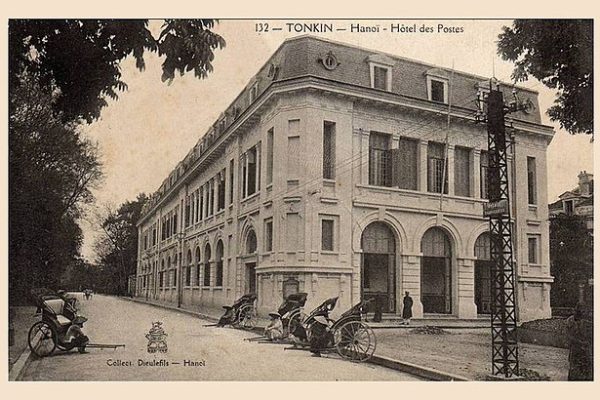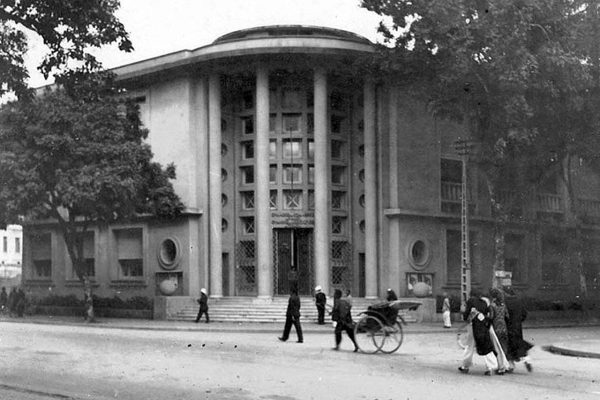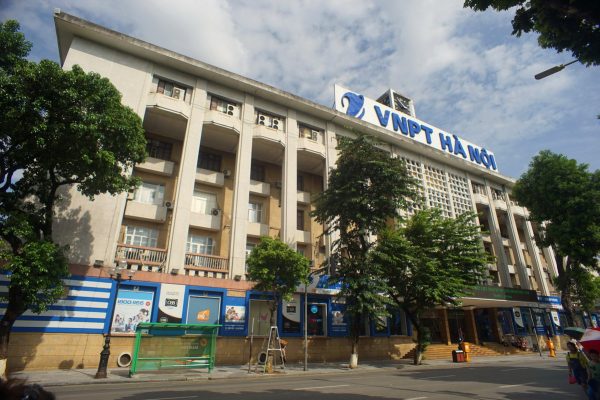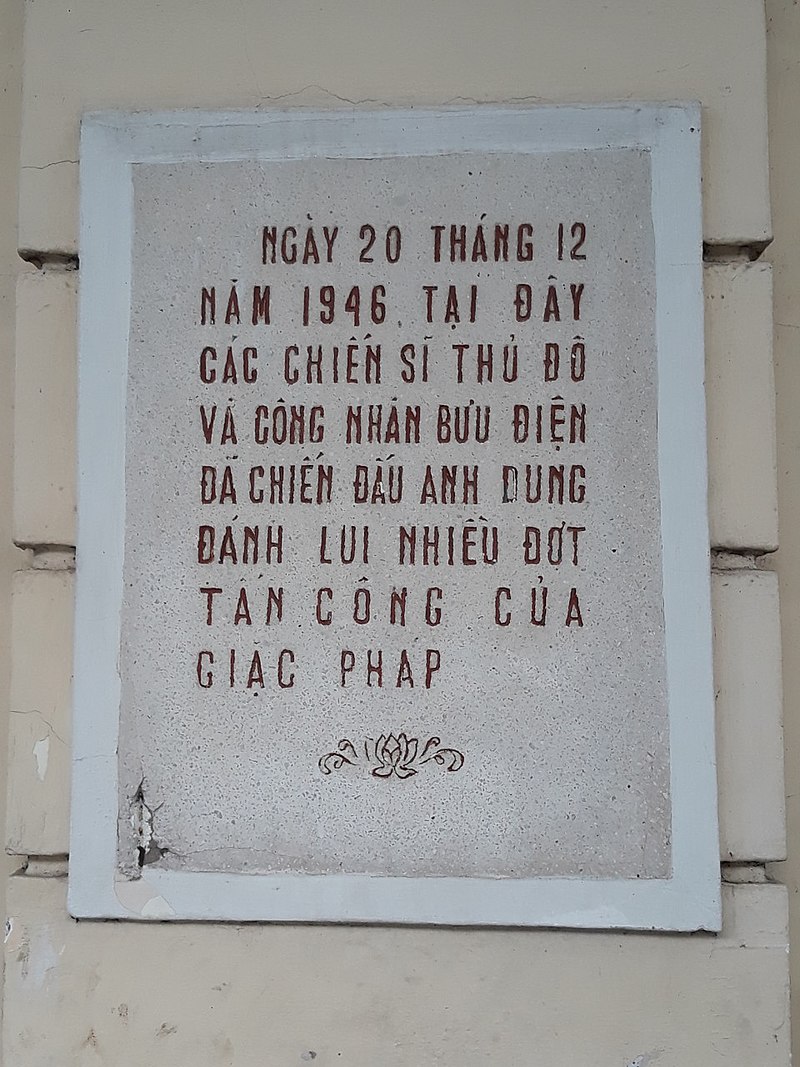Hanoi Post Office: Three centuries ‘flowing’ through a name
Hanoi Post Office (also known as Bo Ho Post Office) is a work located opposite Hoan Kiem Lake, Hanoi, consisting of three post offices located at Dinh Tien Hoang, Le Thach and Dinh Le streets. , built in neoclassical and Art Deco architectural styles.

History
In 1883, the Nguyen Dynasty signed the Quy Mui Treaty, accepting the protection regime of the French colonialists. At this time, the postal service and correspondence activities became important to the French in exploiting the colony, so the need for the government to build postal centers and information systems communication is increasingly urgent.

In 1894, French architect Henri Vildieu launched a project to build a new headquarters building of the Hanoi Post Office (the old central post office building) next to the first post office building, with the main facade facing the lake. Sword, designed by him. The project was immediately constructed and completed in 1899 or 1901. Previously, to get land to build a post office, in 1888, the colonial government decided to demolish part or all of Bao An pagoda instead of building it in the south. After destroying Bao An Pagoda, the French also built a road around Hoan Kiem Lake in 1891 and officially inaugurated on New Year’s Eve 1893.
In 1902, after Hanoi became the capital of the Indochinese Federation, Hanoi Post Office was chosen as the zero milestone when the French calculated the length from Hanoi to Vientiane and Phnom Penh.

Renovation and expansion
Since the beginning of the 20th century, the building adjacent to Le Thach Street has been expanded three times and has many changes compared to the original design. During the expansion of the building in 1910, a new building was built and connected to the old building, three stories high, along with some renovations of the building, carried out by contractor Pées & Chazeau.

During the national resistance event in 1946, part of the structure was demolished after the battle on December 20 and other major equipment was destroyed while the rest was moved into the combat zone. The work was later rebuilt by the government and renamed to Hanoi Department of Post and Telecommunication. On October 11, 1954, the post office’s transaction office officially opened.
In the years from 1973 to 1976, the new central building was rebuilt on the foundation of the old central post office that was demolished and was the building to celebrate the 4th Communist Party of Vietnam Congress. The clock column built together with the work since 1976 was inaugurated at 12 noon on Vietnam’s National Day in 1978, in which the song “Praise the President” composed by musician Luu Huu Phuoc.

In 1997, the signboard “Hanoi Post Office” was installed at the foot of the clock pole, facing the Ho Lake.
Special events
Hanoi Post Office used to be a “red address” of the capital during the war years. In the event of the national resistance war in 1946, where this was the site of many important battles between Hanoi’s army and self-defense forces and the French soldiers, the roof of the post office buildings was chosen as one of the places where the install anti-aircraft gun systems to fight in the sky over Hanoi.

The original transcript of the post office’s role in the Indochina War reads: “December 20, 1946. Here, soldiers of the capital and postal workers fought bravely, repelling many waves of attacks. the work of the French invaders”
Before that, President Ho Chi Minh visited the post office on January 17, 1946; and this day in subsequent years is celebrated by postal workers. This is also the place where President Ho Chi Minh’s call for the national resistance was broadcast.
In October 2015, the old signboard on the roof of the building was replaced with “VNPT Hanoi”, attracting attention from historical experts, cultural agencies and people in the city.[1] [40] The reason for replacing this sign is because then the old signboard was damaged and there was a risk of unsafety and could not be repaired, so the unit decided to replace the signboard and attach new letters in accordance with regulations.

